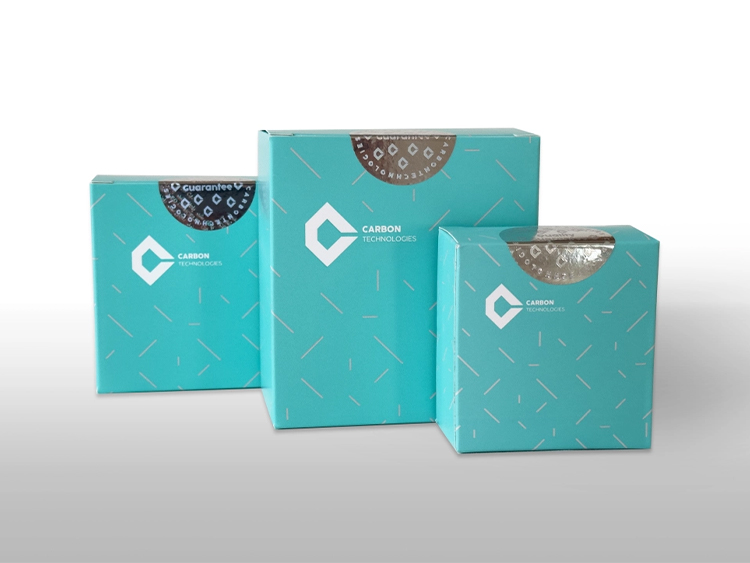
Intended Use
This product is used to qualitatively detect the antibodies to Treponema Pallidum (TP) in human serum or plasma. The assay kit is intended for in vitro diagnostic use.
Principle
This reagent employs double-antigen sandwich method and CMIA to qualitatively detect the TP antibody in human serum or plasma with the analyzer. In the first step, sample, reactive diluent and magnetic microparticles are combined. During the incubation, TP antibodies in samples bind to the magnetic microparticles coated with recombinant TP antigens. After rinsing, add recombinant TP antigens labeled with the acridinium ester, then complex “magnetic microparticles coated with TP recombinant antigen-TP antibody- antigen-acridinium ester” is formed. Re-wash to remove the materials not binded with magnetic microparticles. Then add pre-trigger solution and trigger solution. The resulting chemiluminescent reaction is measured as relative light unit (RLU). A direct relationship exists between the amount of TP antibodies in the sample and the RLU detected by the analyzer. The presence or absence of TP antibodies in the sample is determined by comparing the chemiluminescence signal in reaction to the Cutoff signal determined via calibrators. If the chemiluminescence reaction signal in the sample is greater than or equal to Cutoff signal, the sample will be regarded as tested positive for TP antibody.
Storage
The kit should be stored upright, not upside down or horizontally. Store at 2–8°C with a validity period of 12 months.